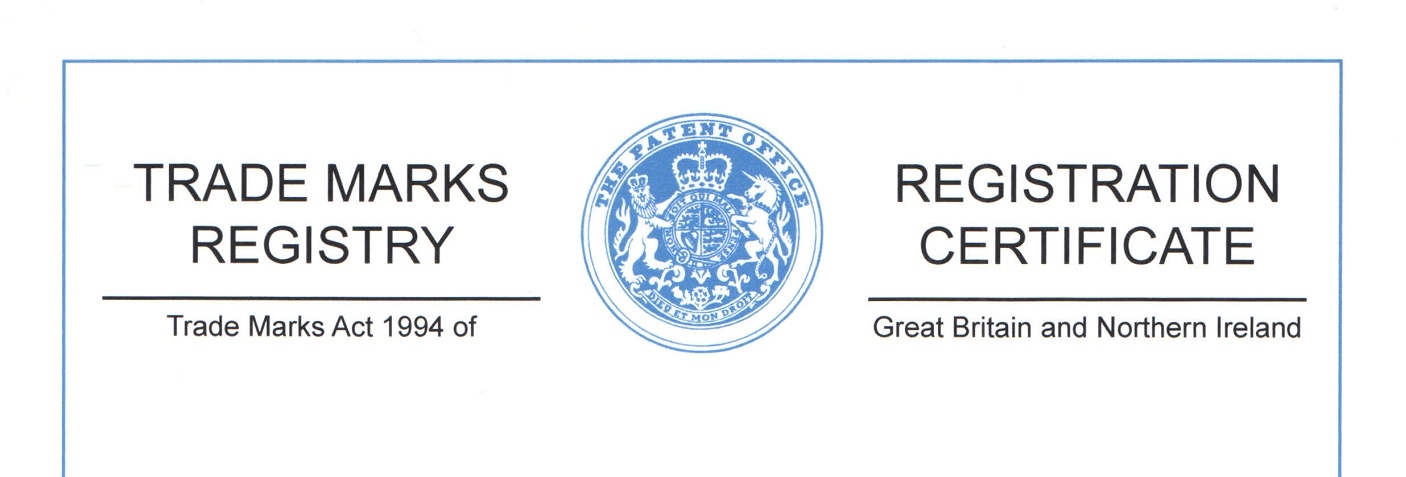
Trademark Registration in the United Kingdom is a crucial step for businesses looking to protect their brand identity and intellectual property rights. The process can seem daunting, but with the right guidance, it’s manageable and highly beneficial. Here’s an overview of the trademark registration service in the UK for customers:
- Understanding Trademarks: Before diving into the registration process, it’s essential for customers to grasp what trademarks are and why they matter. Trademarks are distinctive signs, symbols, or expressions that identify products or services of a particular source from those of others. They can be words, logos, slogans, or even a combination thereof.
- Benefits of Trademark Registration: Registering a trademark provides several advantages, including exclusive rights to use the mark in connection with specific goods or services, legal protection against infringement, and the ability to take legal action against unauthorized use. It also adds value to the brand and facilitates easier enforcement of rights.
- Trademark Search: Before applying for registration, it’s wise to conduct a comprehensive trademark search to ensure that the chosen mark is unique and not already in use by another entity. This search helps avoid potential conflicts and objections during the registration process.
- Application Process: The trademark registration process in the UK typically begins with filing an application with the Intellectual Property Office (IPO). The application requires detailed information about the applicant, the mark itself, and the goods or services it will represent. Applicants can apply online through the IPO’s website or by post.
- Examination and Publication: Once the application is submitted, it undergoes examination by the IPO to ensure it meets all legal requirements. This includes assessing the distinctiveness of the mark and verifying that it doesn’t infringe on existing trademarks. If the application is deemed acceptable, it’s published in the Trademarks Journal, allowing others to oppose the registration if they believe it conflicts with their rights.
- Opposition Period: After publication, there’s a two-month window for third parties to file an opposition if they believe the trademark shouldn’t be registered. If no opposition is filed or if any opposition is successfully overcome, the trademark proceeds to registration.
- Registration and Maintenance: Upon successful completion of the registration process, the trademark is officially granted, and the owner receives a certificate of registration. Trademarks in the UK are initially registered for ten years and can be renewed indefinitely every ten years thereafter, provided they’re still in use and the renewal fees are paid.
- Enforcement: Registering a trademark is just the beginning; protecting it requires active enforcement against infringement. Trademark owners must monitor the marketplace for unauthorized use of their mark and take appropriate legal action when necessary to safeguard their rights.
- Professional Assistance: While it’s possible to navigate the trademark registration process independently, many businesses choose to enlist the help of trademark attorneys or specialized agencies. These professionals can provide expert guidance, conduct thorough searches, prepare and file applications, and represent clients in legal proceedings if disputes arise.
UKSM will help you to register your trademark in United King dom, no matter where you company is located.


